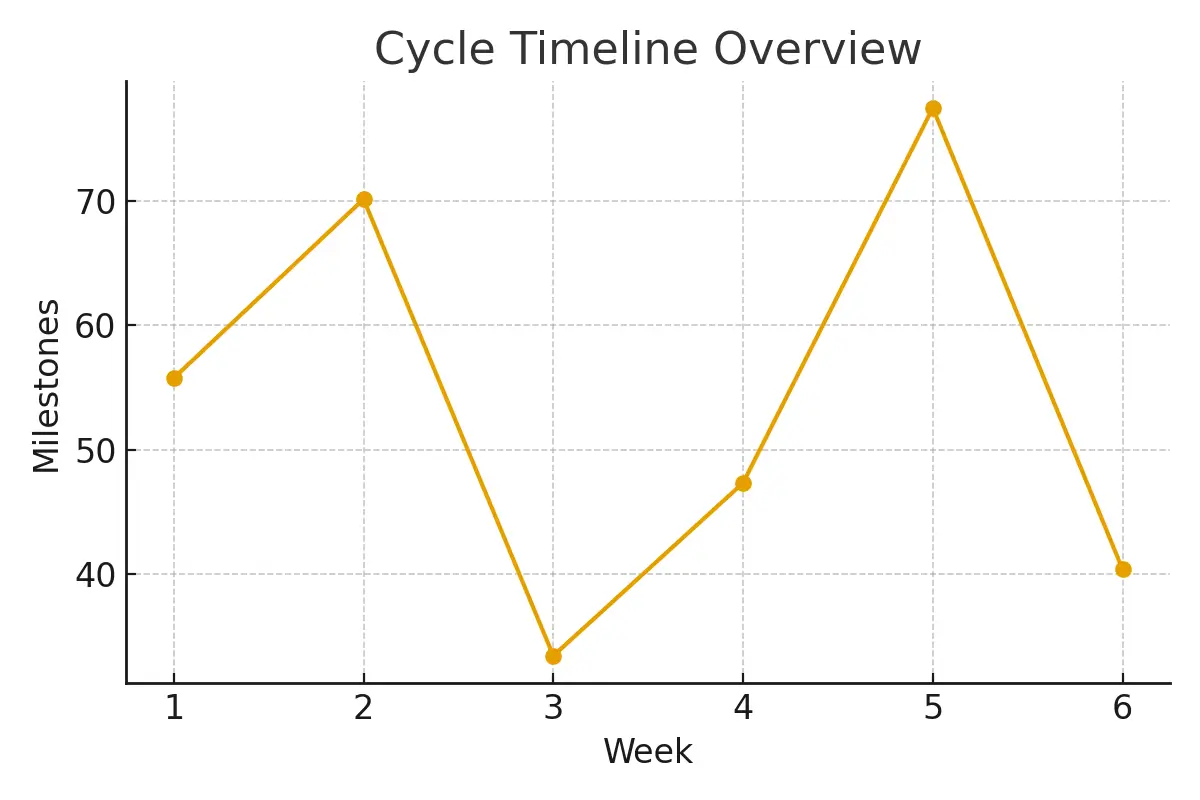
When starting your fertility journey, one of the first major decisions is understanding the difference between Mini-IVF and Conventional IVF. Both treatments aim to help individuals and couples achieve pregnancy, but they vary in terms of costs, medication use, timing, and overall success rates.
This article breaks down both approaches step by step — helping you identify who benefits most, what influences outcomes, and how to plan your next move confidently within your patient journey.
Understanding the Basics: What Is IVF?
IVF (In Vitro Fertilization) is a reproductive technology where eggs are retrieved from the ovaries, fertilized with sperm in a laboratory, and the resulting embryos are transferred back into the uterus.
The process typically involves:
- Ovarian stimulation with medications
- Egg retrieval under anesthesia
- Laboratory fertilization (IVF or ICSI)
- Embryo culture and grading
- Embryo transfer or freezing
While the goal remains the same, the medication dosage, intensity, and monitoring frequency distinguish Mini-IVF from Conventional IVF.
What Is Mini-IVF?
Mini-IVF, also called mild or minimal stimulation IVF, uses smaller doses of fertility medications or sometimes oral agents like Clomid to stimulate the ovaries. The intent is to produce fewer but higher-quality eggs while minimizing hormonal stress and cost.
Mini-IVF cycles are often recommended for:
- Women with lower ovarian reserve
- Patients seeking less medication exposure
- Those wanting a lower-cost IVF cycle
- People aiming for a gentler experience
What Is Conventional IVF?
In Conventional IVF, higher doses of injectable medications are used to stimulate the ovaries to produce multiple eggs in one cycle. This increases the chances of retrieving more mature eggs and potentially creating more viable embryos.
This approach is often suited for:
- Women with normal ovarian function
- Couples needing genetic testing (PGT)
- Cases involving severe male infertility
- Those seeking to maximize success per cycle
Eligibility and When to Escalate or Pause
Your fertility specialist will review factors like age, ovarian reserve (AMH/FSH levels), prior responses, and partner sperm quality before recommending one approach.
- If your egg count is low or medication side effects are a concern, Mini-IVF may be ideal.
- If you have time sensitivity or need embryos for freezing or genetic testing, Conventional IVF often offers better odds.
Sometimes, clinics will suggest starting with Mini-IVF and escalating to a full cycle if the results indicate limited egg yield.
Step-by-Step Process and Timing Checkpoints
| Step | Mini-IVF | Conventional IVF |
| Stimulation | Oral or low-dose meds | High-dose injectable meds |
| Monitoring | 2–3 ultrasounds | 4–6 ultrasounds |
| Egg Retrieval | Fewer eggs (3–6 avg) | More eggs (10–20 avg) |
| Fertilization | Standard or ICSI | Often ICSI or PGT |
| Transfer | Fresh or frozen | Fresh or frozen |
Timing checkpoints are crucial. Delays in monitoring or trigger shots can affect egg maturity and success rates, especially in mini cycles.
Pros and Cons of Each IVF Approach
Mini-IVF Advantages
- Lower costs
- Reduced medication side effects
- Gentler on the body
- Fewer injections and clinic visits
Mini-IVF Disadvantages
- Fewer eggs retrieved
- Lower per-cycle success rates
- May require multiple cycles
Conventional IVF Advantages
- More embryos for testing or freezing
- Higher cumulative success in one cycle
- Suited for complex fertility issues
Conventional IVF Disadvantages
- Higher costs and medication use
- Increased risk of ovarian hyperstimulation (OHSS)
- More emotional and physical intensity
Practical IVF Costs in NYC
Mini-IVF in NYC can range from $5,000–$8,000 per cycle, while Conventional IVF may range from $12,000–$20,000, excluding medications.
Cost Drivers Include:
- Type and amount of fertility drugs
- Anesthesia and lab fees
- Embryo freezing and storage
- Add-ons like ICSI or PGT-A
Transparent communication about line-item costs helps prevent surprise bills. Many NYC clinics now offer package plans or refund programs to manage expectations.
Key Outcome Drivers: What You Can Control
- Lifestyle: Maintain a healthy BMI, reduce alcohol and caffeine, and avoid smoking.
- Timing: Align cycles with your natural rhythm and lab availability.
- Clinic Choice: Experienced embryologists and consistent monitoring improve reliability.
- Emotional Support: Mental health care during IVF improves consistency and adherence.
While you cannot control every biological variable, focusing on what’s manageable helps maximize success rates.
Essential Questions to Ask Your Clinic
- What is your live birth rate per cycle for my age group?
- How do you handle cycle cancellations or egg retrieval failures?
- Are medications and anesthesia included in the quoted price?
- How do you manage multiple embryos or freezing policies?
- Do you support frozen embryo transfer (FET) for improved outcomes?
Real-World Case Study
A Manhattan couple, after two failed IUIs, transitioned to Mini-IVF with realistic expectations. Their clinic aligned timing precisely and offered transparent budget tracking. Within two cycles, they achieved pregnancy through a frozen embryo transfer, highlighting how logistics and communication enhance predictability.
Expert Insight
“Protect timing and keep plans simple—quality improves when noise goes down.”
— Clinical Team, Surrogacy4All
This principle guides decision-making: simpler protocols with consistent timing often outperform overcomplicated cycles.
Testimonials
“The steps finally made sense.” — A. & J., Manhattan
“Costs were clear; no surprise bills.” — L., Hoboken
“Nurses replied fast with practical coaching.” — K. & V., Queens
These experiences show that clarity, transparency, and human connection matter as much as science.
Frequently Asked Questions (FAQs)
Q: Is this medical advice?
Ans: No — this article is for educational purposes only. Use it to guide meaningful conversations with your fertility specialist or clinic team.
Q: How many IVF cycles should I plan for?
Ans: It’s best to think in ranges rather than a single cycle. Cumulative success rates often matter more than per-cycle outcomes, as multiple cycles may increase your overall chance of pregnancy.
Q: What factors drive IVF costs the most?
Ans: The biggest contributors are fertility medications, genetic testing, anesthesia, and the total number of cycles required. Additional costs may include embryo storage and transfer procedures, depending on your treatment plan.
Conclusion
Choosing between Mini-IVF and Conventional IVF is not about which is better—it’s about which aligns with your biology, budget, and emotional bandwidth.
For many patients in NYC, the right fertility strategy combines realistic timelines, clear communication, and cost transparency.
At Surrogacy4All, we help patients plan this journey with evidence-based guidance, ensuring that each step—from medication choices to embryo transfer—is simple, transparent, and humane.
- Free 15-minute nurse consult (212) 661-7673
- Upload your lab results for a second opinion
- Get a cost breakdown tailored to your case

Dr. Kulsoom Baloch
Dr. Kulsoom Baloch is a dedicated donor coordinator at Egg Donors, leveraging her extensive background in medicine and public health. She holds an MBBS from Ziauddin University, Pakistan, and an MPH from Hofstra University, New York. With three years of clinical experience at prominent hospitals in Karachi, Pakistan, Dr. Baloch has honed her skills in patient care and medical research.





